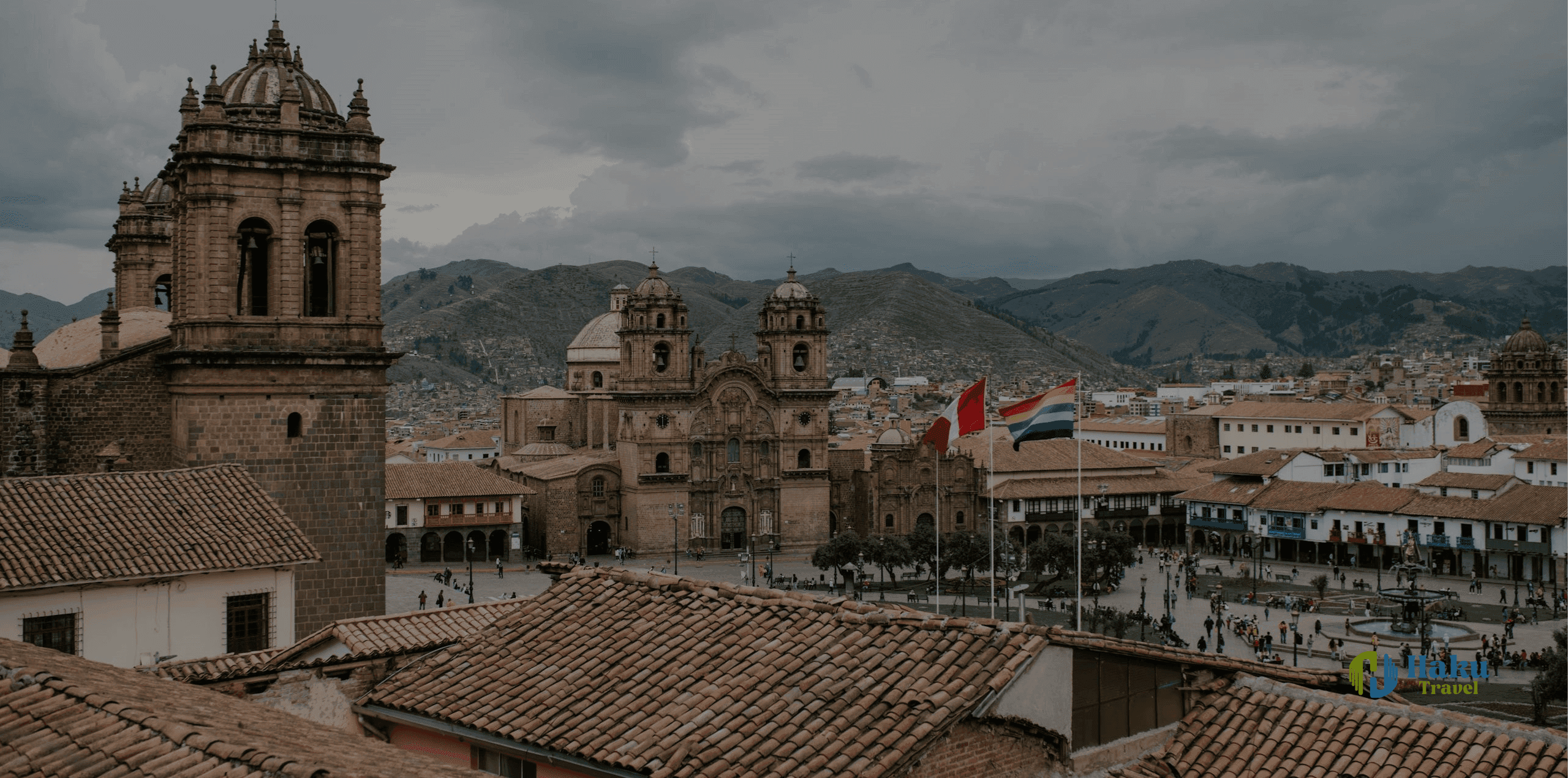
The Origin of Cusco: The Navel of the World
The name Cusco comes from the Quechua word "Qosqo", meaning "navel" or "center". According to Andean cosmology, Cusco was considered the navel of the world, a sacred place from which roads branched out, connecting the four suyus, or regions, of the vast Tahuantinsuyo: Chinchaysuyo, Antisuyo, Collasuyo, and Contisuyo. This connection made Cusco not only a geographical center but also a spiritual and political hub that unified the entire Inca civilization.
The myth of Cusco's foundation is associated with the legend of Manco Cápac and Mama Ocllo, children of the sun god Inti, who emerged from Lake Titicaca to establish the city and teach people the arts of agriculture, respect for nature, and Andean customs. According to chronicles, Manco Cápac founded Cusco by planting a golden rod in the fertile earth, symbolizing the beginning of the Inca empire.
The Sacred City: Architecture and Religion
Cusco's legacy as the Inca Empire's capital is reflected in its impressive architecture. Temples, palaces, and plazas were designed with religious and ceremonial purposes. The Temple of Qoricancha, dedicated to the sun god Inti, is one of the most fascinating examples of Inca architectural perfection. It was said that its walls were covered in gold to reflect the sun's rays, symbolizing the divine connection of the Incas with their most revered deity.
Another majestic monument is Sacsayhuamán, a fortress located on the outskirts of the city. This archaeological site stands out for its colossal stones carved with astonishing precision, fitting perfectly without the use of mortar. The Incas regarded Sacsayhuamán not only as a military fortress but also as a ceremonial place where religious festivals and large social activities, such as the famous Inti Raymi or Sun Festival, were held.
The Political Power of Cusco
During the height of the Tahuantinsuyo, Cusco was also the political nucleus. The Inca rulers, known as Sapa Inca, resided in the city and governed the most extensive empire in pre-Columbian America from there. The Plaza de Armas, still the heart of the city today, was the scene of major political and religious ceremonies. This plaza, called Haukaypata in Inca times, was where the Incas celebrated military victories, performed sacrifices, and paid tribute to the gods.
Cusco was not only the residence of the Sapa Inca but also the center from which the extensive road network known as the Qhapaq Ñan was planned and organized. These roads connected the empire and facilitated territorial and administrative control. Messengers, called chasquis, ran along these roads carrying messages and goods between Cusco and the farthest reaches of the Tahuantinsuyo.
The Conquest and Transformation of Cusco
In 1533, the arrival of Spanish conquistadors marked the end of Inca rule in Cusco. However, the city was not completely destroyed. The Spaniards, amazed by the Incas' architectural skills, used many of the existing structures to build churches, colonial palaces, and houses, resulting in a unique blend of Inca and colonial styles. This architectural syncretism can still be seen today in places like the Cusco Cathedral, which stands on the site of the former palace of Viracocha Inca.
Despite colonization, Cusco's history and spirituality remain alive in the customs of its inhabitants, in its festivals, and in the reverence that locals still feel for their ancestors' sacred sites. Cusco is not just a city to visit; it is a city to experience and feel in every corner, every cobblestone street, and every temple that holds the secrets of an ancient civilization.
A Legacy That Endures
Today, Cusco remains an important reference point for Peru and the world. Declared a UNESCO World Heritage Site in 1983, the city continues to attract travelers from around the globe who seek to connect with the rich history and spirituality of the Inca culture. From its archaeological monuments to its vibrant festivals, Cusco maintains its legacy as the spiritual capital of the Tahuantinsuyo and one of the most fascinating destinations in South America.
When you visit Cusco, you're not just exploring ruins; you're walking in the footsteps of a civilization that changed the course of history.
Discover the world with our travel agency. From planning to the experience itself, we're here to make every journey exceptional.
Contact Us
- +51 984259412
- info@hakutravel.com

